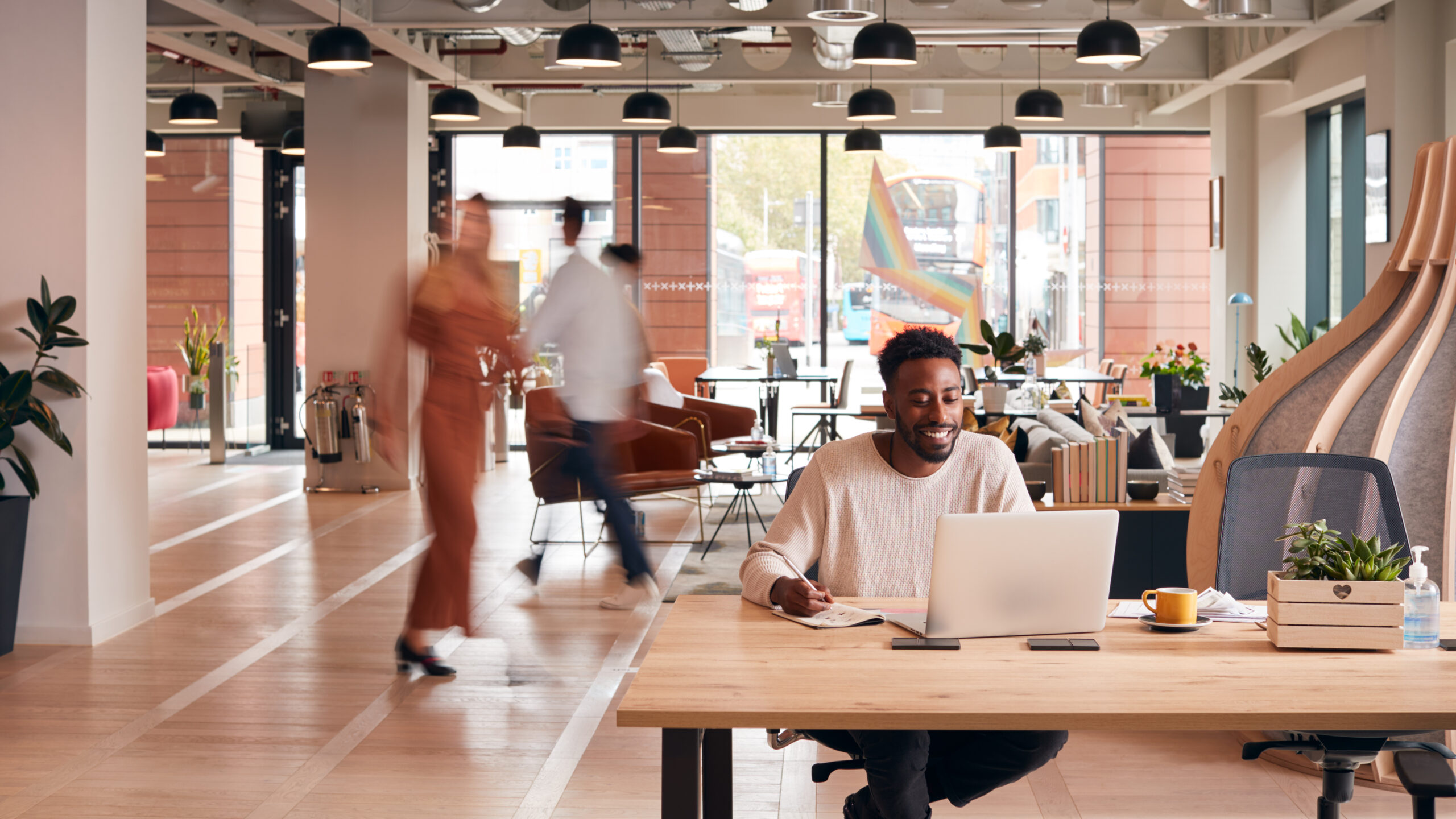Returning to the Office. Some Basic Tips.

The best way to prevent the person-to-person spread of Covid-19 is frequent cleaning of hands using alcohol-based sanitisers or soap and hot water. When coughing and sneezing covering the nose and mouth with a flexed elbow or using a disposable tissue is important; and to practice physical distancing.
Offices have become more densely occupied over the last 10 years, desks have become smaller and more tightly packed. Furthermore, in the past number of years, many organisations have introduced the concept of Hot Desking resulting in multiple workers using the same facilities: desks, seats, monitors, etc. The office environment will have to adapt to operate effectively as employees return to work.
How to Prepare the Office for a Return to Work
Employers need to examine their office space and identify how to limit shared touchpoints. The following includes a number of ways offices and employees can adapt:
- Automatic entrance doors should ideally be used to avoid contact with contaminated surfaces. Non-automatic doors should be left open where possible and employees should be provided with door opening devices.
- Receptionists should ideally be protected by screens.
- Security badges should be machine-delivered and printed on labels rather than hand-held lanyards or clips.
- The number of lift users should be limited (number of occupants will depend on size of lift). Employees should be encouraged to take the stairs. Preprogrammed lifts will also assist in minimising contamination between floors.
- Desks must be kept clear to facilitate sanitising. Staff should be encouraged to sanitise their desk before they start working and when they are leaving. All workers should be provided with personal hand sanitisers and anti-bacterial cleaning wipes for their workstations.
- Hot Desking should be discouraged, where required additional and frequent sanitising should take place.
- Where possible desks should be spread out to provide 2-meter distance between employees.
- Communal printers should be sanitised after use and stationery should not be shared.
- The number of people allowed in a meeting room should be displayed to prevent overcrowding. Tables and chairs should be spread out to discourage proximity. Allow 15 minutes between meetings and ensure that the rooms are sanitised after each meeting. Encourage video conferencing where possible.
- The kitchen should be frequently cleaned. Employees should be encouraged to use personal crockery or single-use disposable items to prevent the risk of cross-contamination.
- Common-use refreshment items such as coffee, tea, sugar, etc., should be minimised.
- Touch-free taps, paper towel dispensers and pedal bins should be provided. Where possible cupboard doors should be removed to reduce common areas of contact.
- Employees should sanitise the kitchen area after use and the number of staff in small kitchenettes should be limited.
- It is anticipated that staff will avoid using public transport and will cycle/drive to work – where possible offices should look to expand facilities for cycling/car spaces.
Further information:
Return to Work Safely Protocol
The Health and Safety Authority (HAS), the Health Service Executive (HSE) and the Department of Health designed the “Return to Work Safely Protocol” to support employers and works to put measures in place that will prevent the spread of Covid-19 in the workplace.





